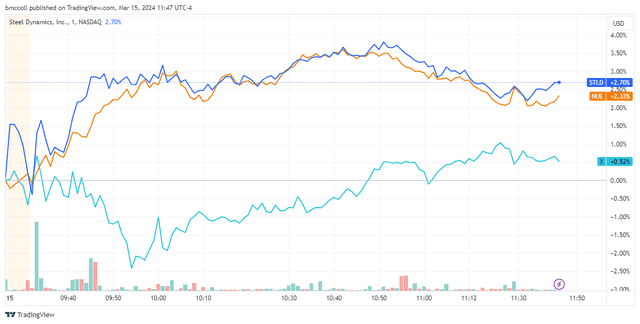Understanding the Difference Between Current and Noncurrent Assets
When it comes to managing a company’s finances, one of the key aspects to consider is the classification of assets. Assets are resources owned by a company that hold economic value and can be used to generate future benefits. These assets are typically classified into two categories: current assets and noncurrent assets.
Current assets are assets that are expected to be converted into cash or used up within a year. These assets are crucial for a company’s day-to-day operations and liquidity. Examples of current assets include cash, accounts receivable, inventory, and prepaid expenses. On the other hand, noncurrent assets are long-term assets that are not expected to be converted into cash within a year. Noncurrent assets are essential for a company’s long-term growth and stability. Examples of noncurrent assets include property, plant, equipment, and intangible assets.
In this article, we will delve deeper into the differences between current and noncurrent assets and their importance in financial management.
Current Assets: The Lifeline of a Company
Current assets play a vital role in ensuring the smooth functioning of a company’s operations. These assets provide the necessary liquidity to meet short-term obligations such as paying suppliers, employees, and other creditors. The ability to quickly convert current assets into cash is crucial for maintaining the financial health of a company.
One of the key components of current assets is cash. Cash is the most liquid asset and provides the company with the flexibility to meet its immediate financial needs. Accounts receivable, on the other hand, represent the amounts owed to the company by its customers for goods or services provided on credit. Inventory includes raw materials, work-in-progress, and finished goods that are held for sale or production. Prepaid expenses are payments made in advance for goods or services that will be received in the future.
Managing current assets effectively is essential for optimizing working capital and ensuring the company’s short-term solvency. By monitoring and controlling current assets, companies can improve cash flow, reduce operating costs, and enhance profitability.
Noncurrent Assets: Building Blocks for Long-Term Growth
Noncurrent assets are critical for a company’s long-term growth and sustainability. These assets are not intended for immediate sale or consumption but are held for productive use over an extended period. Noncurrent assets provide the foundation for a company’s operations and support its strategic objectives.
Property, plant, and equipment (PP&E) are tangible assets that are used in the production or delivery of goods and services. These assets include land, buildings, machinery, vehicles, and furniture. Intangible assets, on the other hand, lack physical substance but have significant value to the company. Examples of intangible assets include patents, trademarks, copyrights, and goodwill.
Noncurrent assets play a crucial role in enhancing a company’s competitive advantage, driving innovation, and creating long-term value for shareholders. By investing in noncurrent assets, companies can improve operational efficiency, expand market presence, and strengthen their brand reputation.
Balancing Current and Noncurrent Assets for Financial Stability
Achieving the right balance between current and noncurrent assets is essential for maintaining financial stability and maximizing shareholder value. Companies need to carefully manage their asset mix to ensure optimal utilization of resources and mitigate risks.
A high proportion of current assets relative to noncurrent assets may indicate that a company is overly liquid and not investing its resources efficiently. Conversely, a low proportion of current assets may signal liquidity issues and hinder the company’s ability to meet short-term obligations.
By conducting a thorough analysis of current and noncurrent assets, companies can identify opportunities for improvement and make informed decisions about resource allocation. Effective asset management is key to enhancing financial performance, driving growth, and sustaining long-term success.
In conclusion, current assets are essential for meeting short-term obligations and maintaining liquidity, while noncurrent assets are critical for long-term growth and sustainability. By understanding the differences between these two asset categories and managing them effectively, companies can optimize their financial performance and create value for stakeholders. Balancing current and noncurrent assets is key to achieving financial stability and driving business success in today’s competitive marketplace.




